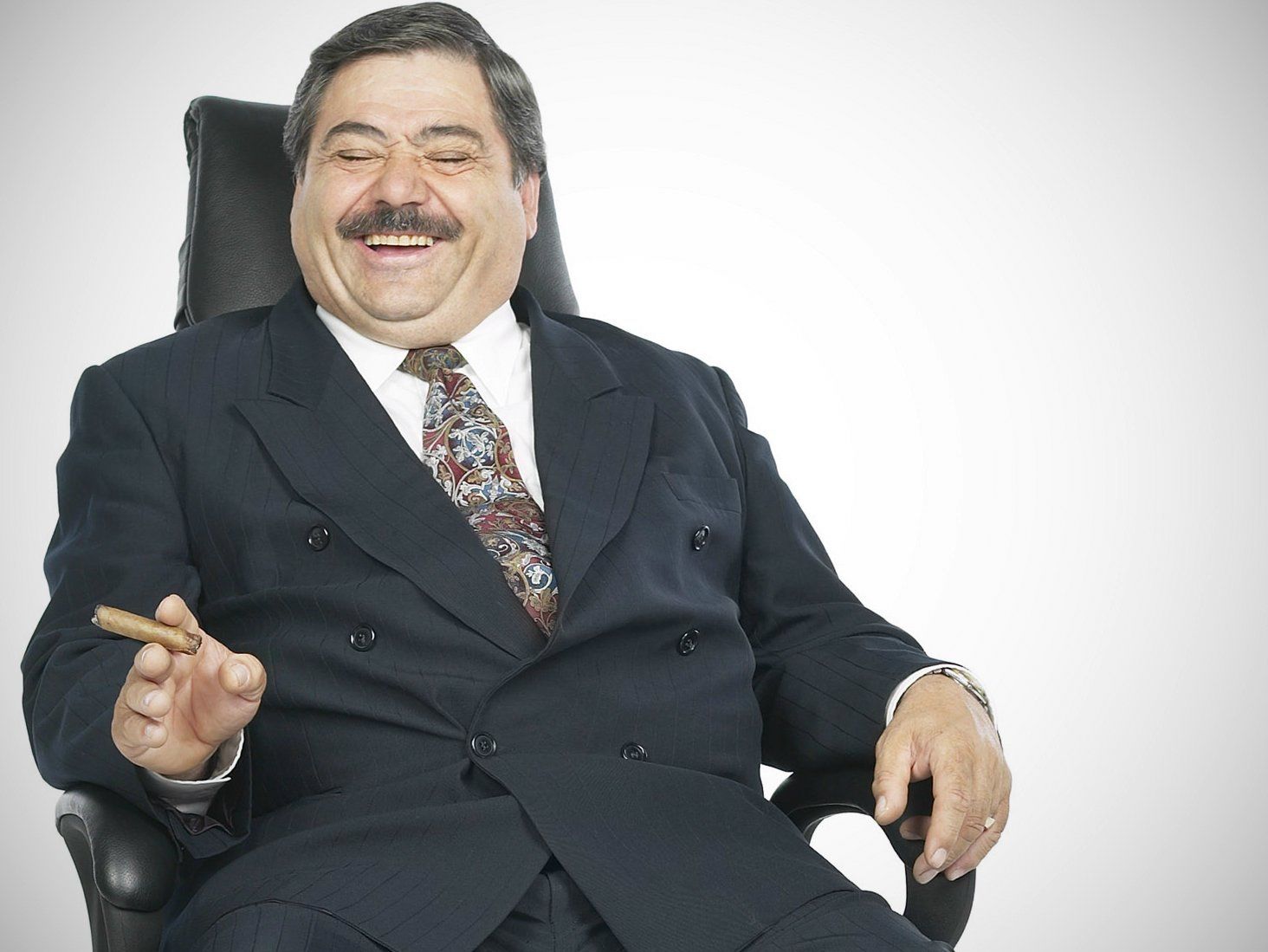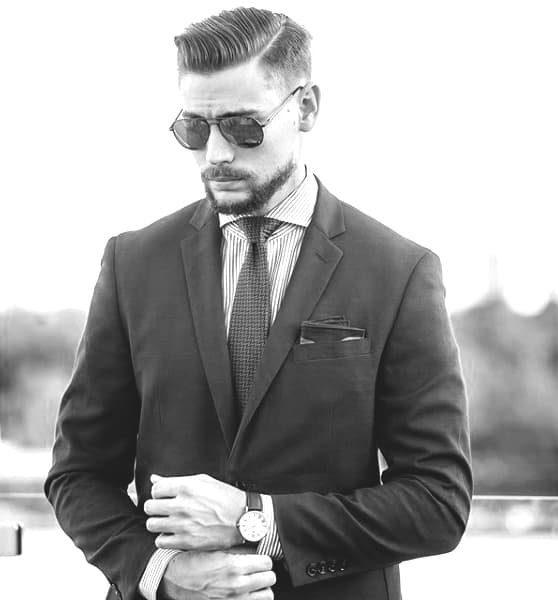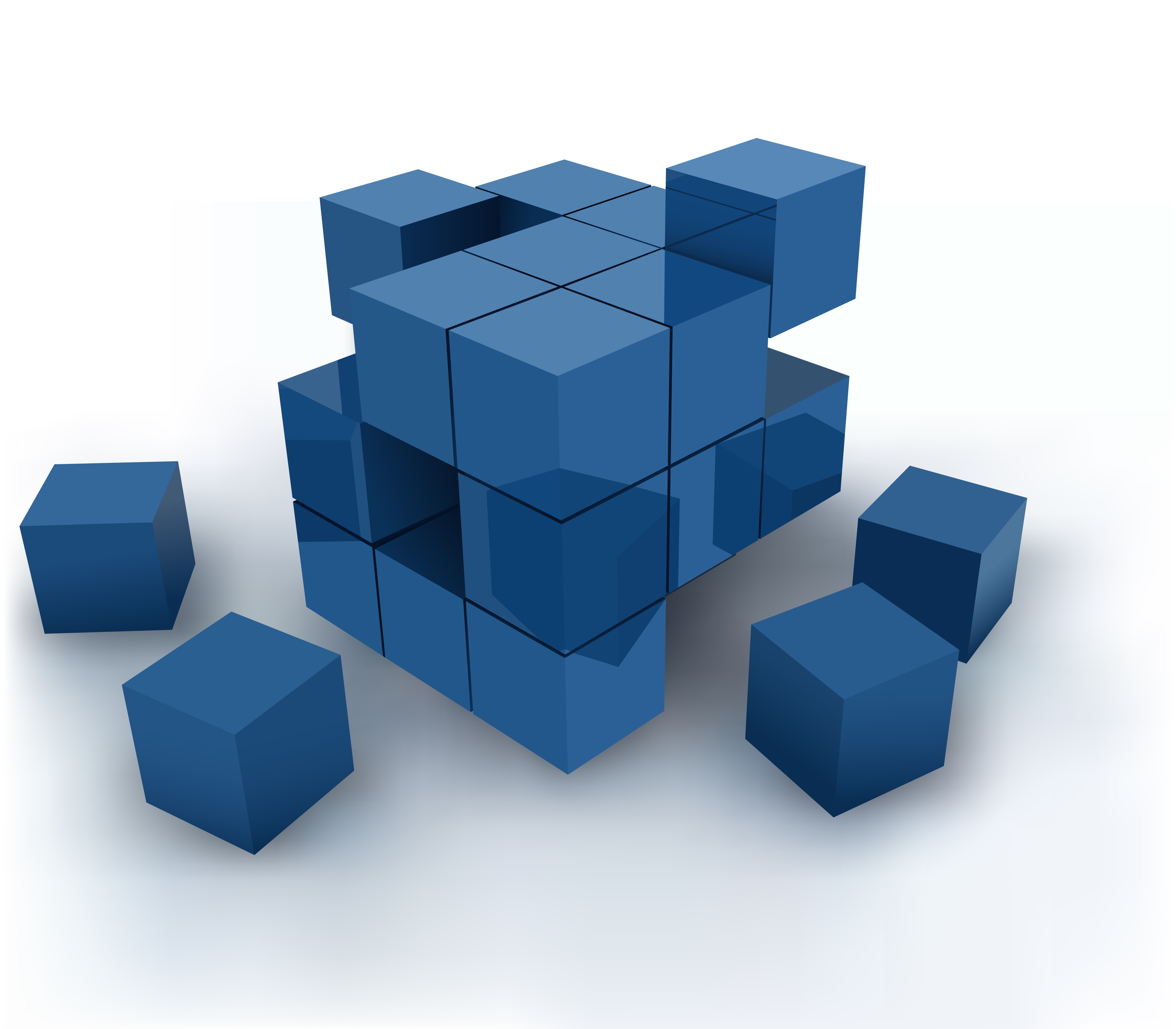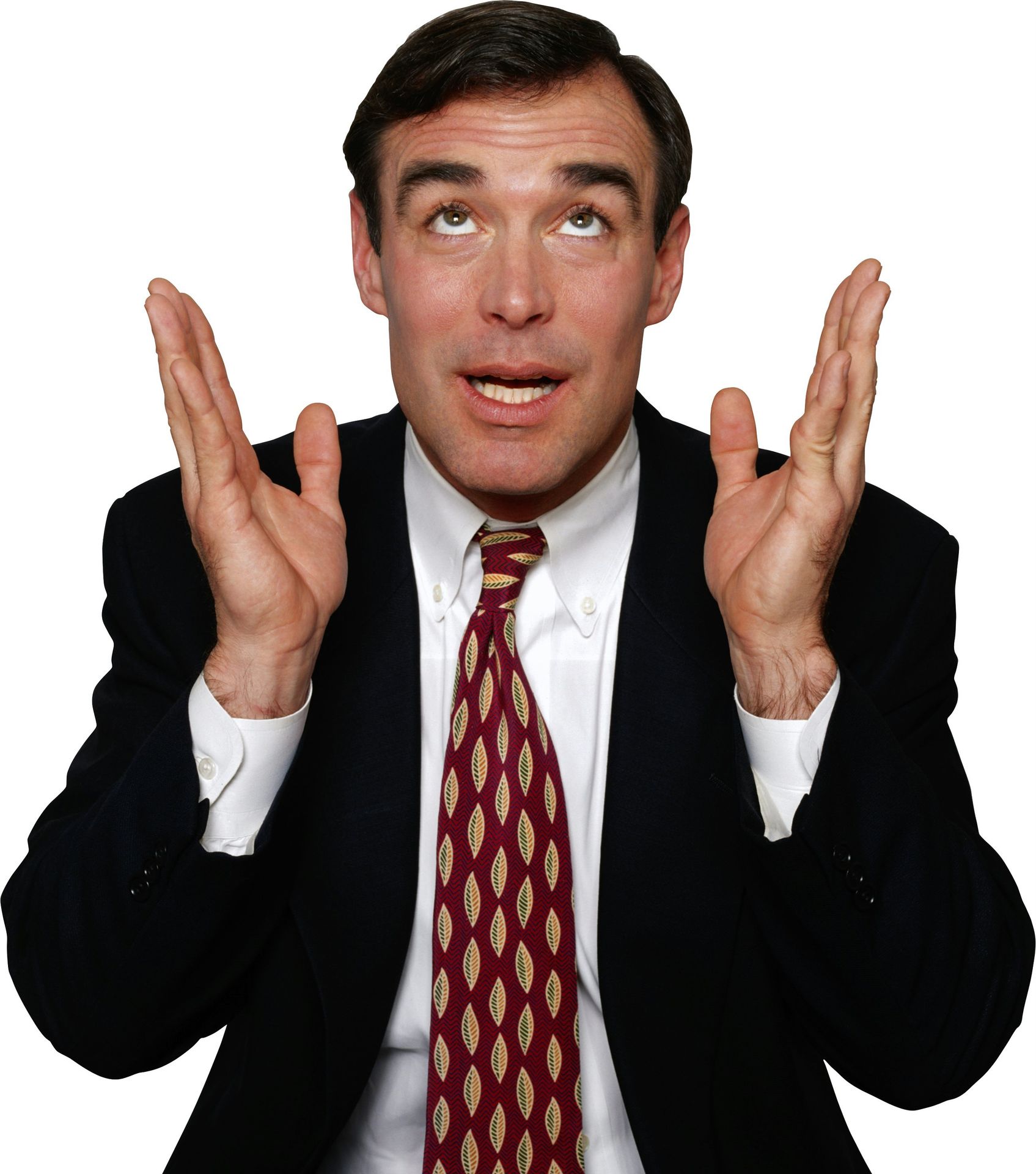The Mirror Lie: Why Copying Pros Breaks Your Game
The ball clipped the net, barely, then dribbled over, a pathetic testament to what I thought was Fan Zhendong’s backhand flick. My wrist, already aching with a dull throb, felt like it was trying to wrench itself free from my arm. The slow-motion replays I’d devoured for 43 minutes, dissecting every micro-movement, every explosive snap, had promised mastery. Instead, they delivered a familiar sticktail of frustration and self-doubt. Another missed shot, another attempt at an impossible imitation, leaving me with nothing but a sore arm and a growing tally of missed opportunities that climbed past 233 in that session alone.
It’s a seductive trap, isn’t it? We watch the elite, their effortless power, their seemingly instinctive precision, and we internalize a simple, yet utterly destructive, equation: copy technique equals replicate success. We see Ma Long’s almost balletic footwork, the way he glides around the table, a whisper of motion before an explosive drive, and we believe that if we just move like that, we’ll play like that. What we consistently miss, however, is the invisible architecture supporting those moves: the decades of deliberate practice, the genetic predispositions, the hyper-specific physical conditioning tailored to peak performance. Their bodies are not merely tools; they are finely tuned instruments forged in a furnace most of us will never even visit.
This isn’t about disrespecting the pros. Far from it. It’s about recognizing the fundamental disconnect between inspiration and imitation. I’ve spent too much time








































